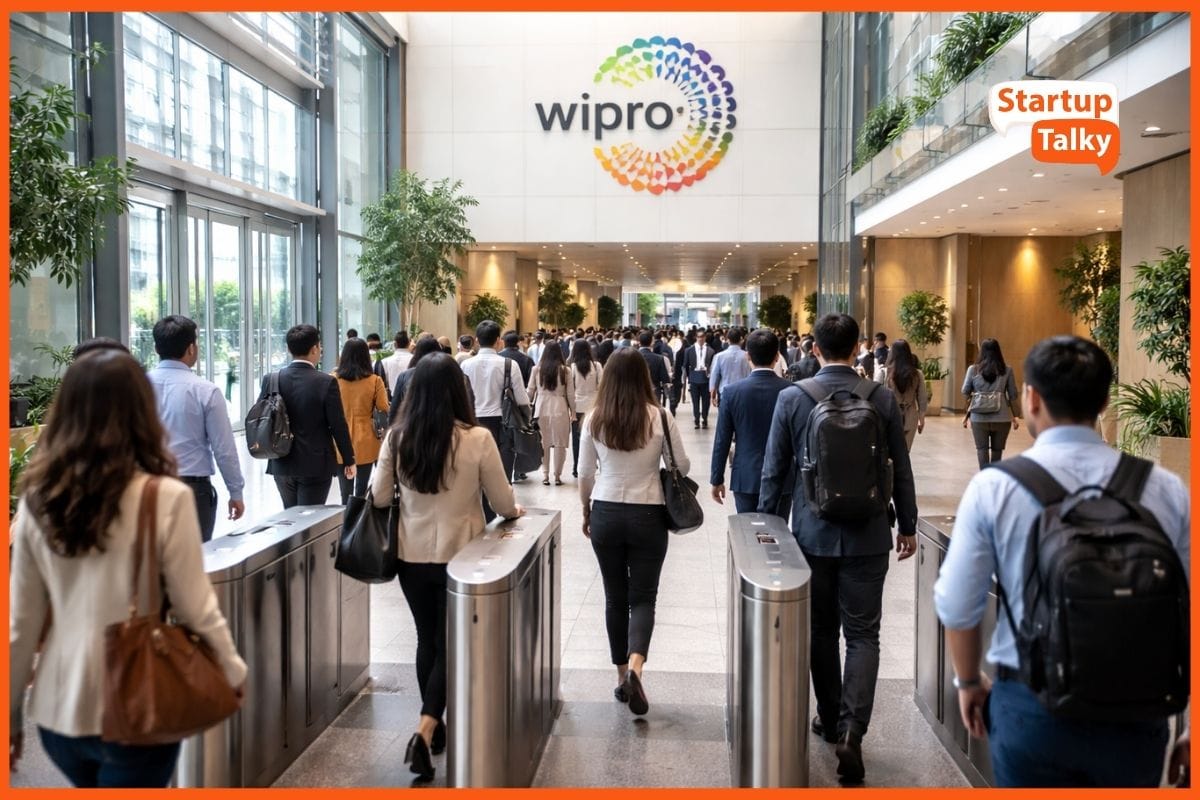How to Increase Your Conversion Rates at WooCommerce Checkout?
📖 Learning
How many times have you entered a store (online or offline) and got out without buying any products? How many times did you add the products to the cart and completely forgot about them? Have you ever left a website to check for some coupons and left the cart unattended thereafter? We have all done this. As an eCommerce store owner, this could be a real problem.
As per BuiltWith reports, more than 6 million websites use WooCommerce to set up their eCommerce stores as of July 2022. However, how much do these sites convert? The average conversion rate for a WooCommerce site is 0.3%, as compared to the approximately 2% industry standard in eCommerce. There are many loopholes in WooCommerce checkout itself leading to poor conversion rates, such as a lack of field customization.
Today, instead of focusing on generic conversion tips, we will aim at optimizing the checkout page to reduce cart abandonment.
Issues With WooCommerce Checkout
Ways to Conversion Optimize WooCommerce Checkout
- Skip Sign-Up
- Single-Page Checkout
- Eliminate Unnecessary Fields
- Make Coupons Less Distracting
- Restrict Distractions
- Multiple Payment Gateways
- Exit-Intent Pop-Ups
- Implement Order Bumps
- Use Rewards System
- Design Tips
Issues With WooCommerce Checkout
WooCommerce is a secure eCommerce platform. It is customizable and accommodates a lot of flexible layouts. However, WooCommerce checkout has many gaps, which lead to poor customer experience. These are:
- Can not Track Progress: WooCommerce allows owners to make multiple-page checkouts. However, the buyer can not see how many pages are left to complete checkout. This could frustrate them and drive them away in between the process. A quick way to solve this is to opt for single-page checkout. However, that is not viable every time.
- Lack of Field Customization Options: WooCommerce has a standard checkout page with limited customization options. You can not move the fields around or can not add a custom field. At max, you can hide a field or mark them optional. Another solution is to use dedicated plugins for designing WooCommerce checkouts. There are many plugins available. Also, since the website works on WordPress, plugins are easy to install and operate.
- Inappropriate Field Placement: WooCommerce restricts moving the fields around. The two biggest cons are having the coupon section at the top and the email field at the bottom. Email is crucial customer information, and the coupon section on the top drives customers away. With these two major issues, WooCommerce checkout losses its charm and leads to lower conversion rates.
Now, that we know the core problems with the WooCommerce checkout page, let us look at different ways to optimize the checkout for better conversion rates and enhanced user experience.
Ways to Conversion Optimize WooCommerce Checkout

The average WooCommerce conversion rate is 0.3%, while the top WooCommerce stores have a conversion rate of 3.4%. To reach the better end of the scale, you need to prioritize UI and UX. Here are important tips for checkout optimization:
Skip Sign-Up
Imagine you enter a store, and you can not proceed to check products until you give your email ID. Would you give me your email ID or go to another store?
Sign-ups are not crucial for browsing the store. Allow users to check products and check out without signup. Give them the options like:
- Guest check-out
- Sign up through Facebook, Google, etc.
- Sign-up post-Check-out
These options give users more flexibility. You can get their details on the checkout (email, name, contact details), as they proceed. Do not compel them to make an account. It will not help if it drives away the users in the first place.
Single-Page Checkout

Do you have a 3-4 page checkout? If so, we would recommend you opt for a single-page check-out. WooCommerce doesn't show checkout progress as the user proceeds. So, if there are many pages and fields, it can hamper the user experience.
Use a clean and sleek design to create a single-page checkout with relevant fields and details: product names, quantity, prices, any additional charges, and discounts available. However, keep it minimal and avoid clustered checkouts.
To make visually appealing checkouts, you could use plugins that help in enhancing the checkout layout. There are many WooCommerce plugins that you can use. They are customizable and improve the checkout page with clearly spaced-out information.
Eliminate Unnecessary Fields
WooCommerce doesn't allow much customization in the checkout fields. You can not move them around, and its default settings aren't optimized. So, how to fix it?
Remove or hide the details you do not need. For instance, if you are a B2C store, you could get away with fields like 'company name'. In case you offer products to both B2B and B2C, then consider marking relevant fields as optional.
Also, instead of the default error message, use inline error validation. It uses a simpler design to highlight errors while filling out the checkout form. This makes the checkout pleasing to the eyes and boosts UX.
Make Coupons Less Distracting
Coupons are on the top of the WooCommerce page by default. This can distract the users, making them leave the site. So, there are several ways to tackle this, like:
- Hide or delete that field from the checkout.
- Rename the field with a better copy. Instead of writing 'enter the code', try 'have any code?'. Opt for messages that make it less prominent.
Coupons are vital for businesses. They are conversion-increasing tactics. But in general, they make the buyer wander away.
Whenever we see that we can save money, we rush to Google to find relevant coupons or codes to save extra bucks. It's standard practice for buyers. Just ensure that they keep users hooked and do not send them away.
Restrict Distractions
Checkout with many elements makes it difficult to proceed and negatively impacts UX. Focus on clean UI and remove any unwanted distractions. This could be an email/newsletter sign-up form or social media follow links. If it makes the page clustered, remove it. It won't serve many purposes and increase the abandoned cart rate.
Stick to essential elements such as bills, products, discounts, and product recommendations. You could get away with these if it feels too messy.
Multiple Payment Gateways
There are various payment gateways available today. If you stick to standard ones, it will make users leave the site. Imagine you are standing in a store line, and the cashier says they only accept cash. You would exit the store without purchasing.
Similarly, you should give your buyers enough payment gateway options. Use icons to display these in the checkout section.
In addition to this, it is beneficial to offer an express gateway to the buyers. In this case, the buyers can add contact and address details as they pay for the order instead of completing the entire checkout process. It saves them time and is convenient.

Exit-Intent Pop-Ups
Exit-intent popups are pop-ups that appear when the user closes your website. Often businesses use them to direct users to other pages or collect their email IDs. How would exit-intent pop-ups help at an eCommerce store checkout?
You could direct them to other high-value, high-converting pages. This can be personalized depending upon their journey to the store. Otherwise, you could direct them to the last product page they were checking and highlight reviews for better conversion. Also, you could collect their email IDs to nurture them later. You could send reminders about products in the cart or upcoming offers.
Implement Order Bumps
Order bumps are like products or additional service offerings at the checkout. These are like those products in the stores near checkout that aim at increasing average order value.
You could do the same on your eCommerce website by adding complementary or add-on products. These could look like:
- Accept tips
- Free or paid gift-wrapping services
- Offer insurance
- Rush shipping upgrade.
These help with the conversion rate. However, ensure that the price of these items should be less. The buyer shouldn't have to reconsider the purchasing decisions. It could be an upsell or cross-sell as well, but it has to be a no-brainer.
Use Rewards System
Many businesses give reward points for every purchase. So let us say, if a buyer buys products worth $5,000, you give them 5000 reward points. These reward points could give them some freebies or discounts on their next order. So, maybe the buyer can redeem these 5000 points for $50 on their next purchase. Alternatively, you could give them freebies or tester-size products in their next purchase.
This refrains the buyer from shifting to a competitor's site since they want to collect more reward points to earn freebies. This incentivizes the user to purchase from your site and buy more products to earn more reward points. Also, with minimal discounts, you can increase customer retention massively.
Design Tips
The last tip is to enhance the visual appeal of the checkout. WooCommerce default checkout is basic, boring, cluttered, and not appealing. You could add layouts, themes, and plugins to beautify checkout pages.
Opt for a clean and minimal layout. Avoid harsh and loud colours. Highlight your security badges and seals at the checkout to get buyers' trust. This is essential if you have a new website/store. Building trust as a new website means honing security badges, reviews, and social proof.
Implement these tips to see better conversion rates. Abandoned carts are a real problem, and these tips will help you overcome those by a margin. There are many other optimization options for landing pages and product pages. You could implement those to increase conversion rates significantly.
Conclusion
Look into the customer journey funnel and look for challenges that users might face when using your store. It could be a lagging site, non-inclusive product options, limited payment gateways, or a hard-to-navigate website. Understand the reason why customers are leaving the cart mid-way through.
Does the competitor site have better offers? Do they provide a better return and delivery policy? Is your site content, graphics-heavy? Analyze the reasons for low conversion rates and optimize accordingly.
FAQs
What is the average conversion rate for WooCommerce?
As per a survey by Littledata, the average WooCommerce conversion rate is 0.3%.
How to increase conversion rates at WooCommerce checkout?
You can conversion-optimize WooCommerce checkout in the following ways:
- Skip sign-up
- Single-Page Checkout
- Eliminate Unnecessary fields
- Exit-Intent Pop-Ups
- Implement Order Bumps
- Use Reward System
What are the issues with WooCommerce checkout?
Some of the most common issues with WooCommerce checkout are:
- Can not Track Progress
- Lack of Field Customization Options
- Inappropriate Field Placement
Must have tools for startups - Recommended by StartupTalky
- Convert Visitors into Leads- SeizeLead
- Website Builder SquareSpace
- Manage your business Smoothly Google Business Suite






